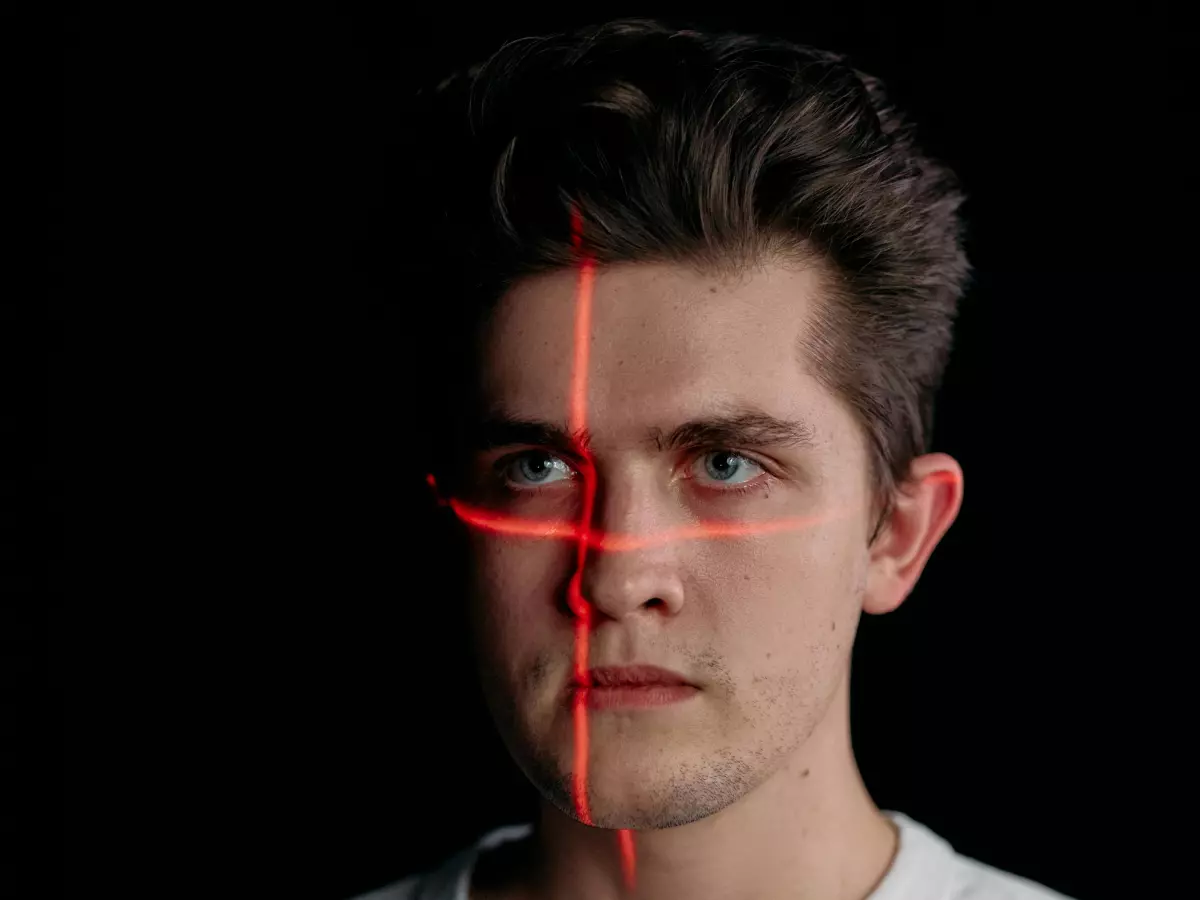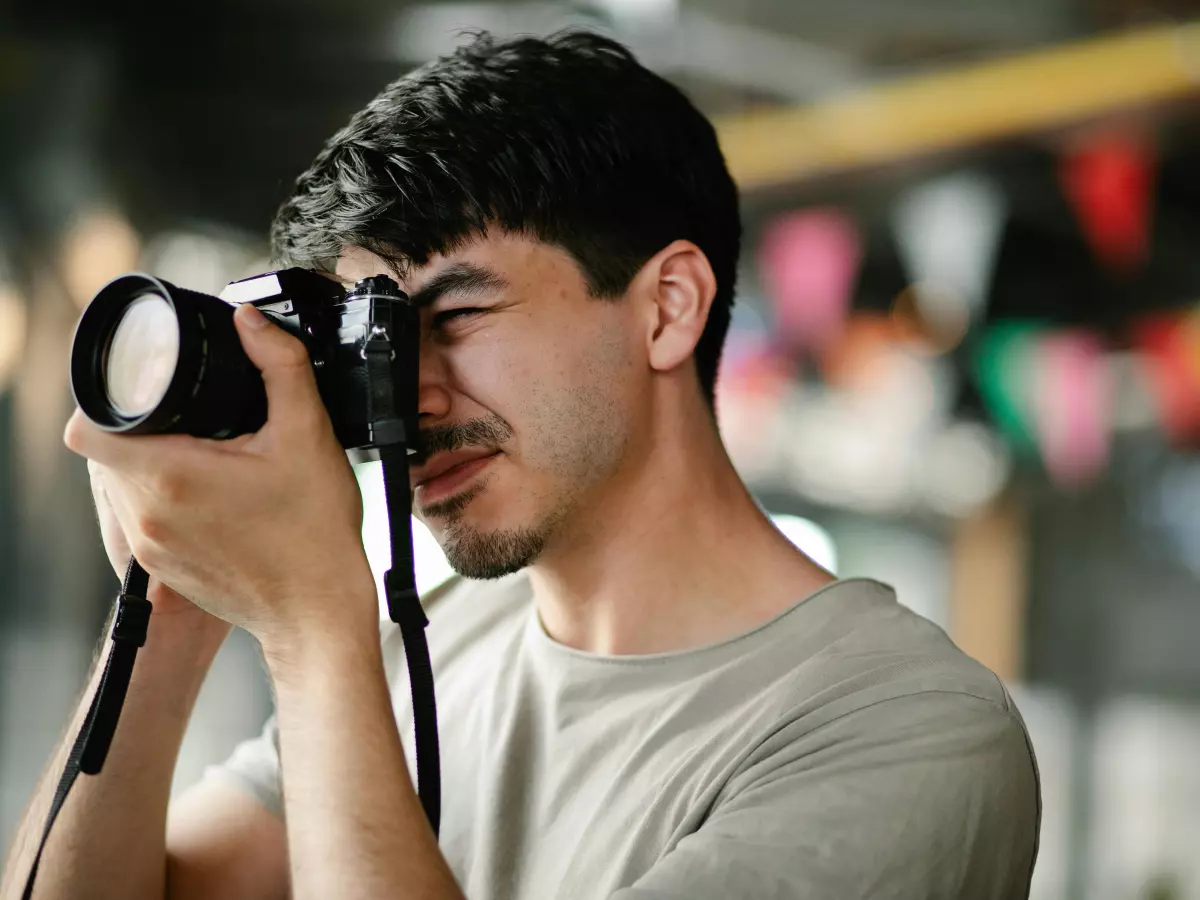Camera Noise: Friend or Foe?
We’ve all been there—trying to capture that perfect night shot, only to be greeted by a grainy mess of pixels. But what if I told you that noise in your phone’s camera might not be the villain you think it is?

By Isabella Ferraro
Yes, you read that right. While companies like Sony are out here flexing their latest tech muscles with sensors like the LYT-818, which supposedly brings random noise down to record lows, I’m here to make a case for why noise might actually be... good. According to Phonearena, Sony’s new sensor promises to make your night shots cleaner than ever. But is that really what we want?
Let’s break it down. Noise, in photography terms, is that grainy texture you see in low-light images. It’s caused by the camera sensor struggling to capture enough light, and yes, it can make your photos look less sharp. But here’s the kicker: noise can also add character. It gives your photos a certain rawness, a vibe that’s sometimes lost in the pursuit of 'perfection.' Think of it like film grain in old-school photography—people pay extra for that vintage look these days!
Perfection Isn’t Always Perfect
Here’s the thing: when you reduce noise to near-zero levels, you’re also stripping away some of the natural texture of the image. Sure, your night shots might look smoother, but they can also end up looking... well, fake. Too clean. Like someone took a vacuum to your photo and sucked out all the soul.
Take a moment to think about the last time you saw a photo that was too perfect. Did it feel real? Or did it feel like it was edited to within an inch of its life? That’s what we’re talking about here. The pursuit of 'clean' images can sometimes lead to shots that feel sterile, devoid of the little imperfections that make them feel authentic.
The Art of Imperfection
Now, I’m not saying we should all embrace grainy, noisy photos like they’re the next big thing. But there’s a balance to be struck. A little noise can go a long way in making your photos feel more organic. It’s like seasoning in cooking—too much, and it’s overwhelming. But just the right amount? That’s where the magic happens.
And let’s not forget: noise reduction algorithms, like the ones Sony’s new sensor will likely use, can sometimes overcompensate. You might end up with weird smudges or loss of detail in areas where the algorithm tries too hard to smooth things out. It’s like using too much Photoshop on a portrait—suddenly, the person looks more like a wax figure than a human being.
What About Google’s Pixel?
Interestingly, while Sony is focusing on reducing noise, Google’s Pixel phones are taking a different approach. The Pixel 9 Pro and Pixel 8 Pro are rumored to be getting a new feature that leverages their built-in temperature sensors to automatically detect materials. According to Gadgets360, this could make capturing accurate colors and textures easier, especially in tricky lighting situations. So, while Sony is all about making your night shots cleaner, Google might be more interested in making sure your photos are true to life.
It’s a fascinating contrast—one company chasing perfection through noise reduction, the other focusing on authenticity through material detection. Both approaches have their merits, but it’s worth asking: which one actually makes your photos better?
So, What’s the Verdict?
At the end of the day, it comes down to what you value in a photo. If you’re all about crystal-clear, noise-free images, then Sony’s new sensor might be your dream come true. But if you’re like me, and you appreciate a little grit, a little texture, then maybe we shouldn’t be so quick to write off noise as a bad thing.
After all, some of the most iconic photos in history are far from perfect. They’re grainy, they’re noisy, and they’re full of life. Maybe it’s time we stop chasing perfection and start embracing the beauty of imperfection.
Funny story: I once spent hours trying to capture the perfect night shot of the Milan skyline. After dozens of attempts, I finally got one that was noise-free, sharp, and... boring. It wasn’t until I looked at one of my earlier, noisier shots that I realized it had way more character. Sometimes, less is more.





